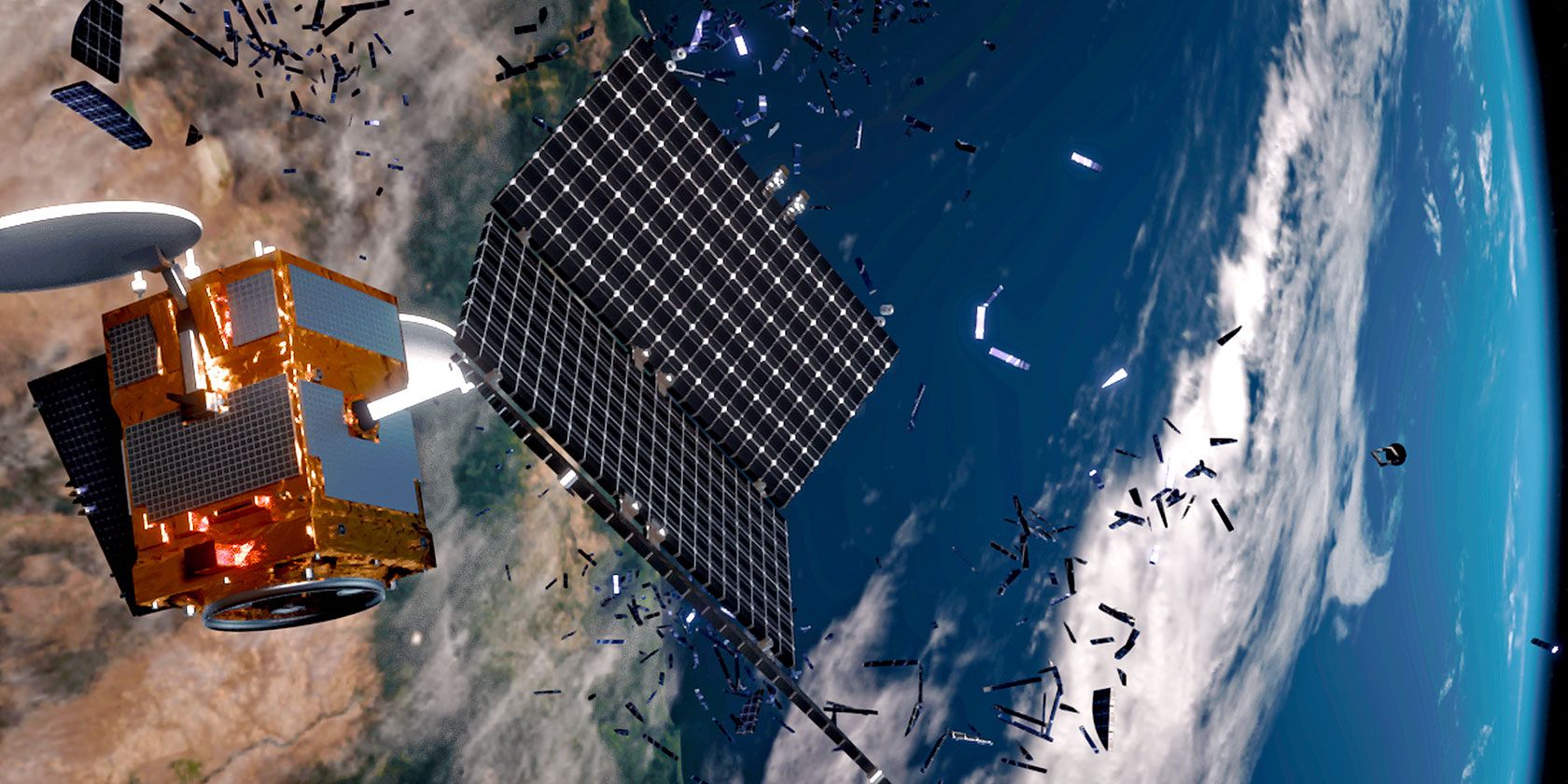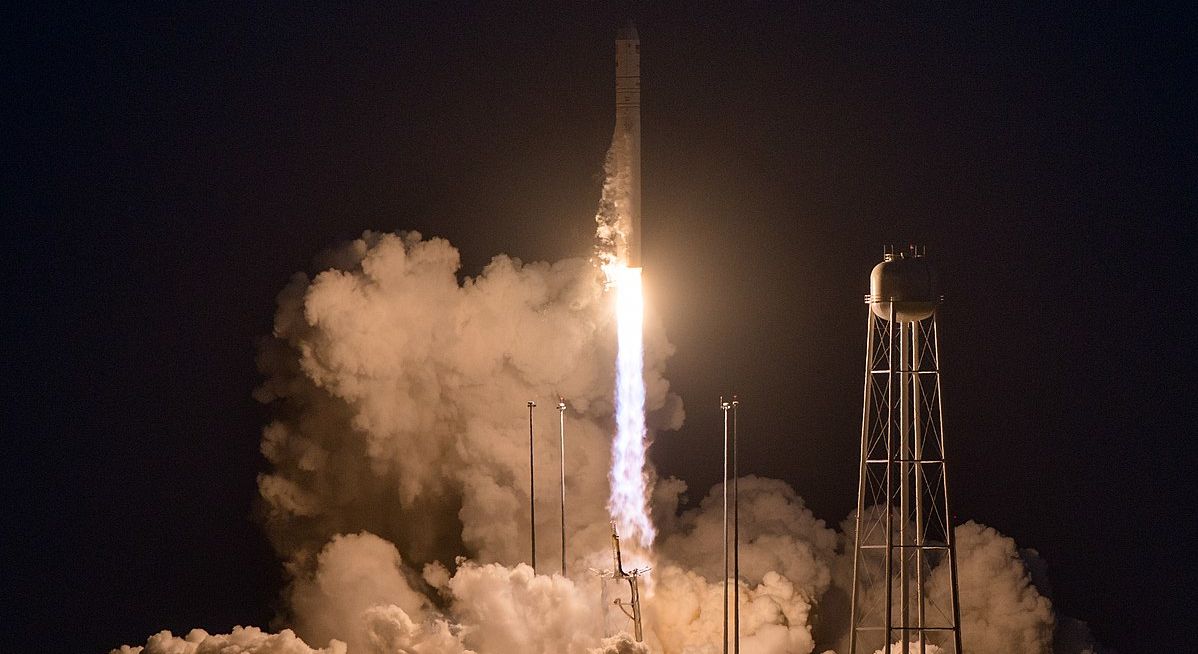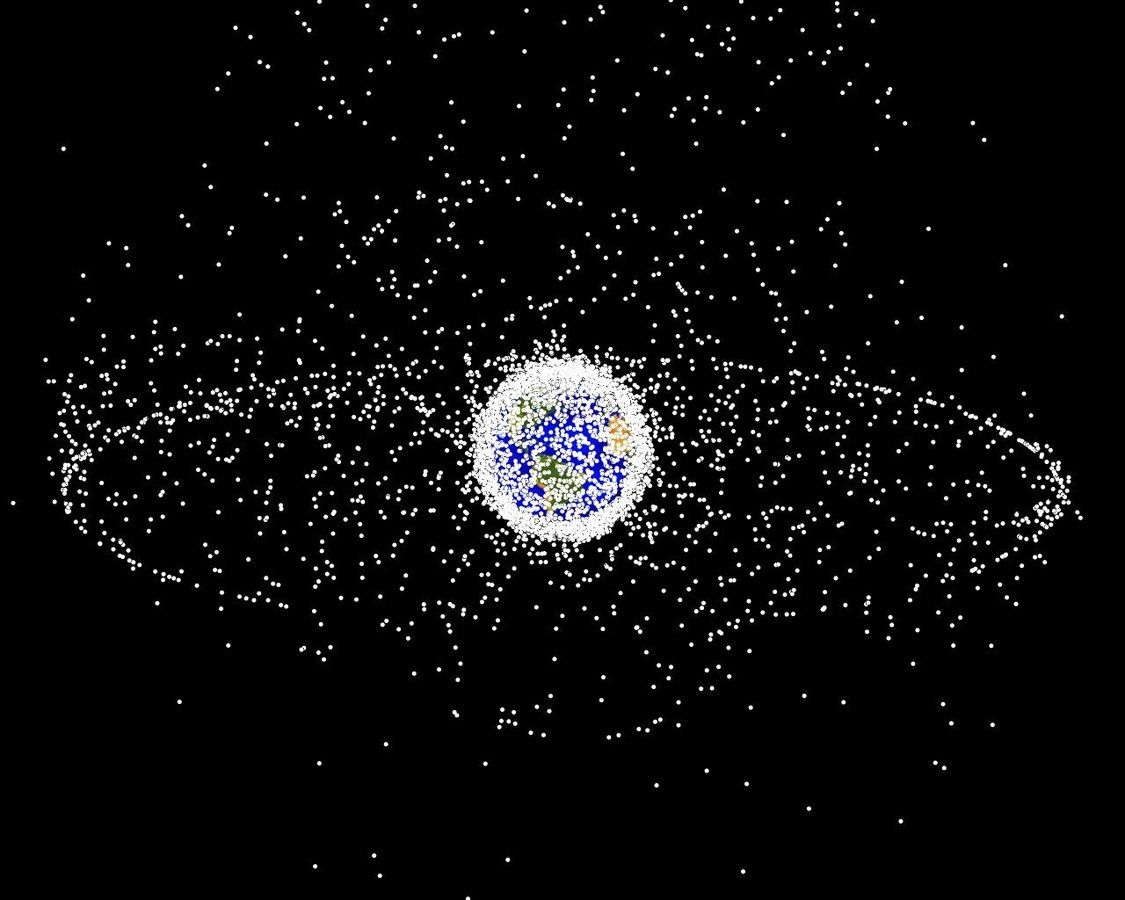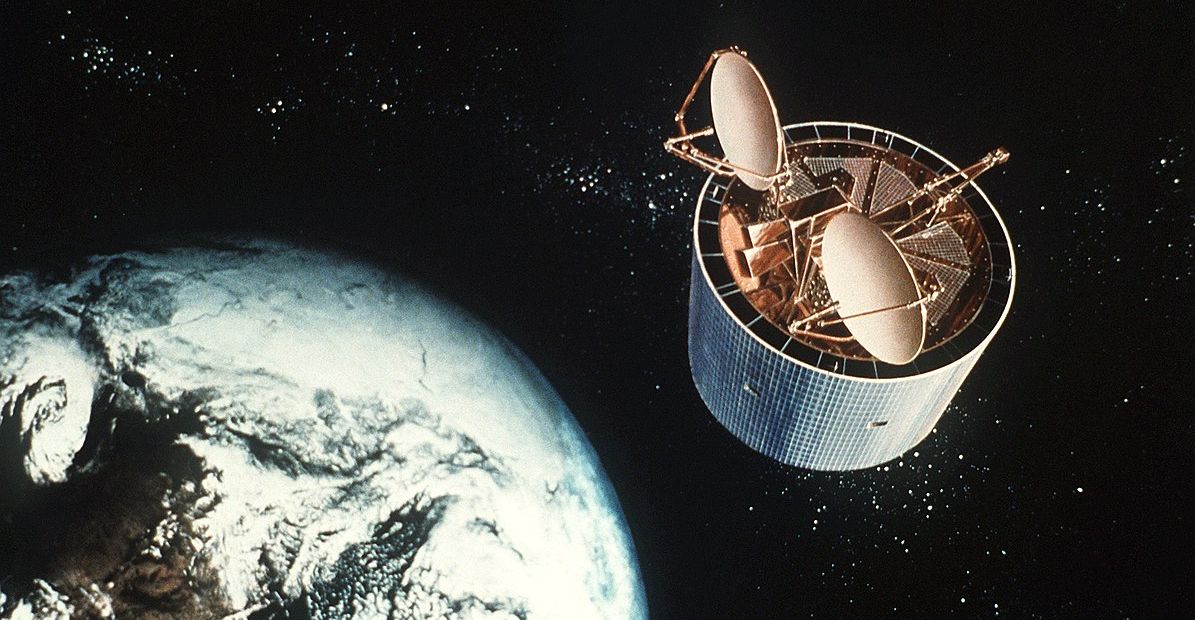Over the years, the world's various space agencies have launched countless numbers of aerospace vehicles into space. Satellites, rovers, shuttles, the list goes on. But, what many of us don't realize is that these vehicles often shed numerous parts and sections as they make their ascent into space, and this is becoming a huge issue.
But, why exactly is this? Before understanding how space junk poses a threat, it's important to understand what it actually is.
What Is Space Junk?
Space junk can be a number of different things. Discarded satellites make up a lot of the space junk around Earth, as well as debris from aerospace vehicles discarded during their descent.
These pieces of space junk can vary a lot in size. Some pieces of junk are as small as paint flecks or shards of metal, with diameters of less than half an inch. On the other end of the spectrum, you have huge satellites that have now been abandoned by their users that remain floating in Earth's orbit.
Space junk has been around for many decades, with more being added to Earth's orbit every year. Currently, there are around 500,000 pieces of space junk circling the Earth, with an additional 100,000 pieces being so small that they're untrackable. And, this number is only increasing as time goes on. So, what's the real issue here?
Why Is Space Junk a Problem?
Space junk hosts a variety of different issues for us down here on Earth. The most concerning is the possibility of a chain reaction being set off (known as Kessler syndrome). Because debris flying in low Earth orbit (closer to Earth) has a speed of around 11,000km/h, it makes even small objects incredibly dangerous.
If a small object, say one that could fit in your hand, hit a satellite at low Earth orbit speed, the satellite would be destroyed. This is already happening multiple times a year, creating an additional concern for scientists and engineers. Satellites cost millions of dollars to produce and also cost tens of millions of dollars to launch into Earth's orbit. Satellites that need to reach a higher orbit cost even more to launch. Therefore, when a tiny piece of debris destroys an entire satellite, huge amounts of time and money go down the drain.
If this problem continues to worsen with the addition of more and more space junk, an irreversible chain reaction could be set off. In this chain, objects are obliterated into smaller pieces, which then go on to collide with and obliterate other objects.
This would result in billions of smaller pieces of debris creating an impenetrable sphere around Earth, making it impossible for humans to get through. While there may be spaces within this sphere of debris, the risk of such debris colliding with traveling craft at 11,000km/h would be incredibly high, making every mission treacherous.
With humans being trapped within a prison they created, any dreams of going to Mars and beyond would become effectively impossible. Sounds pretty depressing, right? Well, there may be some ways to avoid this cataclysmic event from taking place.
How Can Space Debris Be Removed?
With there being a countless amount of space debris currently in orbit, it'll take a long, long time to remove it all. However, it doesn't all really need to be removed to avoid the collision chain reaction. But, a significant amount certainly needs to go. So, how can this be done?
There are a number of ways space junk can be removed from Earth's orbit, with some being a little more sci-fi than others. The first of which is known as de-orbiting. Retrograde propulsion burns can be used to teeter debris off Earth's orbit, which can be created with small rocket thrusters.
The second method for removing space junk involves objects known as space-sweepers. These come in the form of large foam balls or braking foils, which can then collide with other, smaller debris. A laser located on Earth can then be used to push these objects out of orbit. However, this isn't exactly the best method to have been proposed.
Using space-sweepers and on-ground lasers would pose a threat to other operating craft in Earth's orbit, such as GPS satellites. Scientists and engineers also still haven't perfected the technology required to produce and use these lasers, so this method is still slightly in the realm of science fiction.
The Japanese Aerospace Exploration Agency has also proposed another method of space junk removal, which would include using an electrodynamic tether. This tether is basically a very long wire that can be deployed from a tethered satellite. These tethers would then use an electric current to reduce the speed of space debris. This debris would then no longer have the momentum needed to remain in orbit, causing it to fall towards Earth and burn up in the atmosphere.
While these methods sound promising, space junk removal isn't going too well so far. A key issue being faced by scientists and engineers is the different methods required to remove different sizes of debris. Removing debris the size of an apple would require an entirely different process to removing a discarded satellite. Therefore, multiple methods will probably be needed to effectively remove space junk.
Launching a full debris-removal scheme also won't be cheap. It already costs hundreds of millions, sometimes even billions of dollars to develop and launch aerospace vehicles into orbit, and launching debris-removal machinery would be just as expensive. On top of this, there are concerns that debris-removal machinery could double as anti-satellite weapons, which could become a huge problem, politically and technologically, on Earth.
In short, it won't be easy to develop and deploy a successful debris-removal scheme, given how many costs and risks are involved. But, governments worldwide are still working to come up with a viable and realistic solution.
A Lesson in How We Treat the Spaces Accessible to Us
Given how unimaginably large space is, it's easy to see why humanity has begun to see it as an easy landfill. But, our constant use of Earth's orbit as a dumping ground is already becoming a huge concern.
You might be thinking this story sounds a little too similar to the story of how humans treat the planet, and you wouldn't really be wrong. We can only hope that humanity begins to view the spaces around us as sacred, not as disposable.




